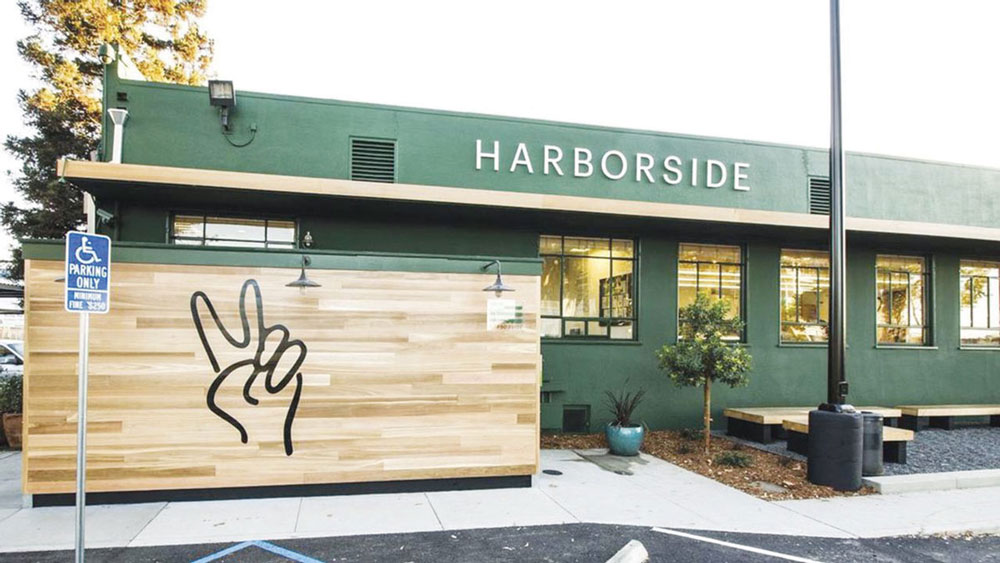Last month, the Sacramento Bee published a list of the 10 largest California cities that still ban cannabis dispensaries, despite weed having been legal in the state since 2017. Pot advocates have cited the list as yet more proof that cities shouldn’t be allowed to ban pot shops at the local level.
The only Bay Area city on the list is Fremont, coming in at No. 5. With about 235,000 residents, Fremont is the Bay Area’s fourth-largest city, nearly twice the size of Berkeley, and is the 16th largest in California. It not only bans any kind of cannabis business from setting up shop, but also tightly regulates home-growing—which is allowed by the state and can’t be outright banned at the city level—and requires anyone growing pot to register with the cops.
Other cities on the Bee’s list include Fresno at No. 1; with about 525,000 residents, amid much controversy, Fresno appears poised to grant some licenses now. Anaheim ranks No. 4; in 2019 voters rejected allowing pot shops there. Santa Clarita ranks No. 6; the city council passed an “emergency ordinance” banning cannabis shops soon after California voters approved adult-use cannabis in 2016.
Critics of the bans point out—accurately—that cities’ home-rule powers are stifling the legal-weed business statewide and leaving many consumers without access to legal pot. This has allowed the illicit market to flourish, and illegal weed massively outsells legal pot, making up as much as three-quarters of the market statewise. Some observers believe it’s an even bigger problem than the high taxes levied on the legal-pot business, which make pot much more expensive than what we can buy on the street or from our dorm-room buddy.
This can be seen as the Original Sin of legalization in California: proponents of Prop. 64 used home rule, a feature of the measure, as a selling point to get the proposition passed. Now that tactic is coming back to bite them. Residents in huge swaths of California are without access to legal recreational weed—medicinal pot is governed by a separate set of laws, and there are medical dispensaries in many of the cities that ban adult-use cannabis. Delivery is now legal statewide, but that helps only so much: Many areas are too remote for delivery services and retail cannabis depends a lot on walk-in business.
Of 482 California municipalities, just 174 license cannabis businesses, and some of them nonetheless ban retail weed shops, granting licenses only to manufacturers and/or distributors. The state has issued 839 retail-storefront licenses, according to the Bureau of Cannabis Control. On a per-capita basis, Oregon has more than 15 times as many adult-use dispensaries as California does.
But what is the actual effect of a given city banning commercial cannabis activity? It depends on the city. The Bee’s list shows that the largest municipalities that ban weed sales are located in the Central Valley and in suburban areas of Southern California. Bakersfield, as well as Kern County, bans adult-use sales. Bakersfield residents who want to buy weed have to drive about an hour before hitting an adult-use cannabis dispensary, according to data from Weedmaps.
But while Fremont might be making a big mistake with its prohibitionist attitudes, it doesn’t affect consumers all that much. They live just a few miles from dispensaries in Union City, Hayward, San Jose and Oakland. At least as big a factor as straight-up bans is cities and counties limiting the number of licenses they issue, and concentrating dispensaries via zoning laws.
“Sonoma County only allows nine dispensaries in the unincorporated area,” said Lauren Mendelsohn, a cannabis attorney and activist, and a member of the Sonoma County Growers Alliance advisory board. While consumers who live in Santa Rosa have easy access to dispensaries in their city, there are “absolutely no cannabis dispensaries along the Sonoma coast, which is quite large, or the Marin coast heading south from here,” she noted.
“This patchwork approach negatively impacts patients, tourists and local economies,” Mendelsohn said. It makes it harder for consumers, and it “adds more vehicles to the road and emissions to the atmosphere from long trips.”
She added, “All of this is counterproductive, and contrary to the progressive ethos of Northern California.”
Originally posted on EastBayExpress.com








